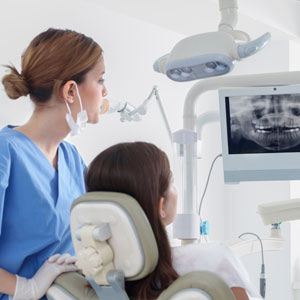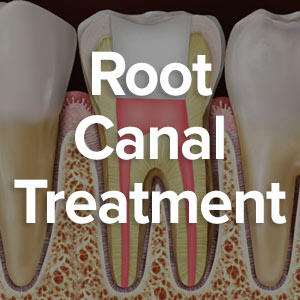
Accidents happen, especially to teenagers involved with sports or similar activities. In an instant they can lose one or more teeth and permanently alter their smile.
Fortunately we can restore a teenager’s lost teeth, but often not immediately as a permanent restoration with a dental implant requires maturity of their jaw structure. Our focus then turns to the age of the patient and the condition of the underlying bone. A future dental implant, your best choice for tooth replacement, depends on bone for support, but also the age of the patient as it relates to jaw development.
There are a couple of ways an accidental tooth loss can harm supporting bone: first and foremost, the impact of the accident itself can damage the bony socket. To find out for sure we may need to perform a cone beam scan, a type of x-ray that allows us to view the area three-dimensionally. If we do find damage, we can attempt to repair the socket through bone grafting.
Bone can also suffer from the long-term absence of a tooth. Bone has a growth cycle in which older cells dissolve and new ones form to take their place. The force generated by teeth when we eat or chew helps stimulate this growth. Without stimulation, as with a missing tooth, the bone may not grow at a healthy rate. In time, it could lose some of its volume and density and not be able to support an implant.
Installing an implant right after tooth loss could help avoid this situation. Bone has a natural affinity with the titanium post imbedded in the jaw and will naturally grow and adhere to it. But we can’t place an implant with a teenager. This is because the jaw is still developing so an implant would gradually become misaligned as the jaw grows. It’s best to install an implant later after full jaw development in early adulthood.
Today, we can place a bone graft in the empty socket right after tooth loss. The graft serves as a scaffold for bone cells to grow on and will help keep the bone volume at a healthy level until we can install an implant.
Timing is everything in restoring a teenager’s accidental tooth loss. But with coordination and care for the supporting bone, a teenager can eventually enter their adult years with their smile intact.
If you would like more information on restoring your teenager’s smile after tooth loss, please contact us or schedule an appointment for a consultation. You can also learn more about this topic by reading the Dear Doctor magazine article “Dental Implants for Teenagers.”




No comment yet, add your voice below!